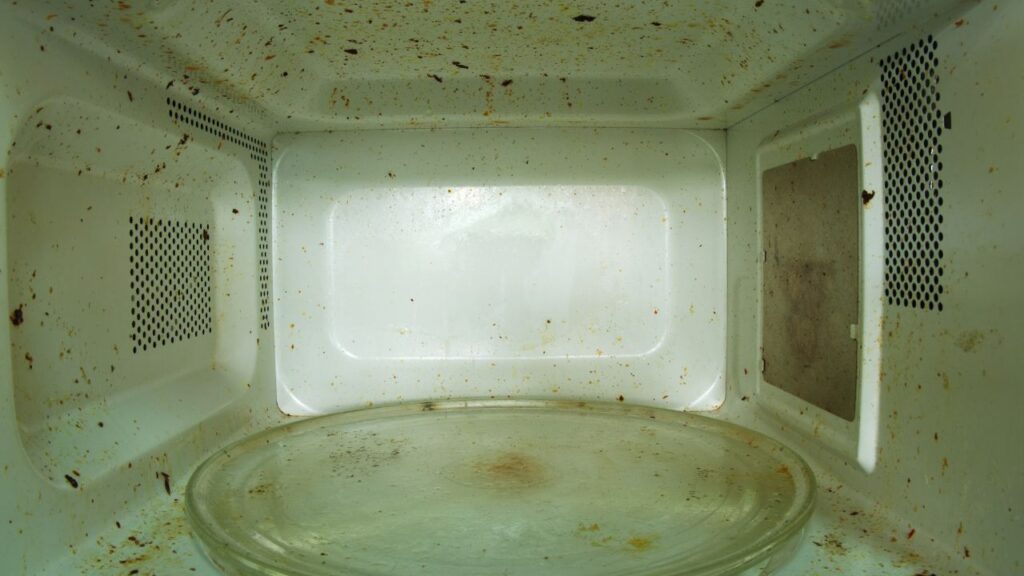Surprising Discovery in Microwaves: Microbes have been gathered from deep-sea geothermal vents, acid mines, permafrost, volcanic vents, and dark lakes that are buried kilometers under polar ice caps. Microbes have also been found to be growing on the outside of spacecraft and near places where nuclear waste is stored. Extremophiles are microbes that can live in very harsh environments. Quite a few scientists think that life on Earth started in an extremely harsh climate, as an extremophile, and then spread to and adapted to places with milder conditions.
In order to survive in harsh settings, microbes use special biological and chemical processes. Living things that are more complicated, like people, have evolved to use a single set of proteins to get through life. Extremophile bacteria, on the other hand, have different sets of proteins that help them live in different types of environments. They “activate” each set based on what they need to live in the environment. For example, one set is activated when the temperature is very high during a volcanic eruption, another when there isn’t enough water for a long time, and a third when the acidity of a volcanic crater lake is very high.
A key to life itself

We still don’t know a lot about bacteria, especially those that live in the earth’s different environmental niches. A lot of world projects are trying to map, organize, and make sense of this variety right now. The “Earth Microbiome Project” is one big project. It began in 2010 with the goal of sequencing 200,000 genetic samples and putting together the genomes of 500,000 microbes. As part of the “Earth Biogenome Project,” the genomes of all the eukaryotic organisms on Earth will be sequenced. This will create one of the biggest and most complete maps of living things on Earth in ten years.
Another reason to learn about how extremophiles adjust is that it can be used in many biological and industrial settings. Back in the 1960s, U.S. scientists found a new type of bacteria in a hot spring at Yellowstone National Park and gave it the name Thermus aquaticus. This microbe can make an enzyme called Taq DNA polymerase that can’t be damaged by heat. This enzyme is a useful and important tool in molecular biology because it is used in the polymerase chain reaction (PCR). As readers will remember, this is a method for finding certain DNA in a biological sample that became famous during the COVID-19 pandemic.
Since Taq was found, scientists have found many more polymerases from different extremophile microbes and have successfully redesigned them for use in different areas of molecular biology.
How life might look

- Elephant seals can sleep 1,200 feet underwater to avoid predators, which amazes biologists.
- Discover the biggest and deadliest snake ever seen in Texas, USA.
We are quickly becoming better at “reading” the genomes of living things. This is possible because sequencing machines are getting faster and cheaper, and we can now make DNA nucleotides in the lab. This has led to a new era of using biological processes on a large scale to solve problems. Researchers could engineer organisms to have new skills by figuring out the biological rules that guide extremophiles. For example, they could make synthetic biological systems that can boost the immune system or help chickens fight off an infectious disease.
Scientists can also figure out how habitable other worlds are by learning about new mechanisms. In 2011, Japanese scientists reported that germs were growing in a centrifuge that was put through more than 400,000 g. (1 g is the force you feel when you are at rest on the earth’s surface). What they also found was that some of these microbes did better than just live; their numbers increased, which means they did really well. It was a big discovery because it showed that hypergravity, which is found on stars and big planets, doesn’t hurt bacteria.
Scientists said in 2020 that Deinococcus radiodurans, a bacteria that lives on Earth, could live in space for more than three years while being hit with UV rays and stuck to the outside of the International Space Station.









Comments are closed.